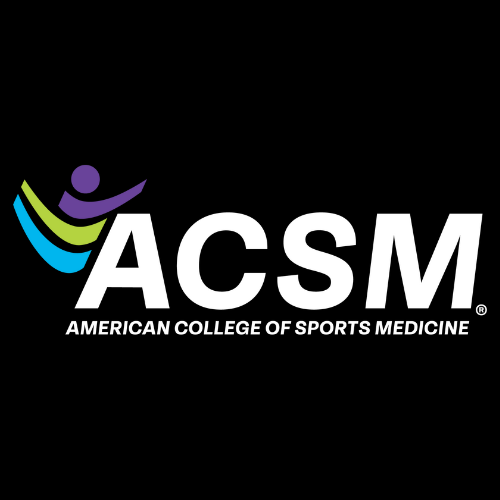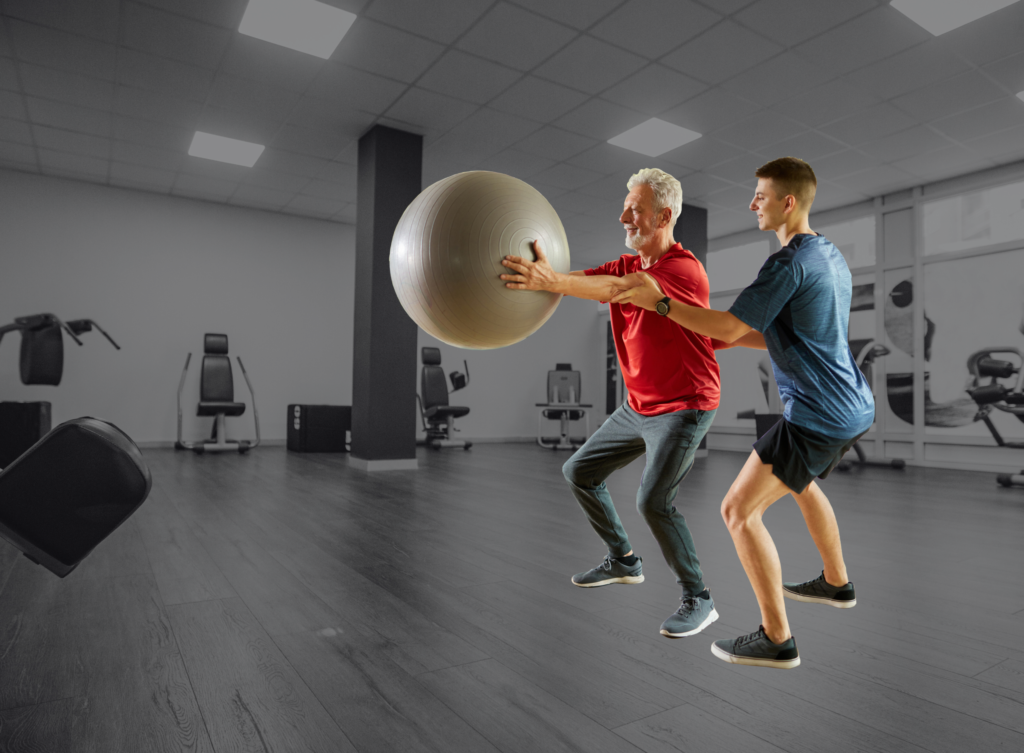Welcome to the quarterly highlights and review of the GREAT material published over the last couple months in Current Sports Medicine Reports (CSMR).
Case reports are a great way to learn whether the write-up is about some rare, uncommon condition or just a different presentation of a common problem. I would like to highlight three not-to-be-missed cases from the past quarter:
Ulnar Stress Injury in a Recreational Disc Golf Player authored by Sarah Szybist, DO and Jacqueline Yurgil, DO, CAQSM. I will admit, I cannot throw a frisbee so there is no way I will ever play enough disc golf to get a bone stress injury. This is an interesting case and one of the things it highlights is a thorough workup for an underlying metabolic issue leading to poor bone health.
Association of Creatine Use with Chronic Exertional Compartment Syndrome in a Distance Runner: A Case Report authored by Michelle M. Bruneau, PT, DPT, PhD; Evan R. Sirls, BS; Gianmichel D. Corrado, MD; George H. Theodore, MD; and Adam S. Tenforde, MD. I think most of us typically think of creatine as a safe supplement and we all have a lot of patients taking it. This article highlights an interesting case of chronic exertional compartment syndrome with the only change being the initiation of creatine supplementation one month prior. Pretty impressive compartment pressures in this case that ultimately were treated surgically after failing a non-operative treatment course. The take home here is don’t forget to ask about over the counter supplements.
A Pain in the Back, of the Ankle! Posterior Ankle Impingement authored by Jeffrey C. Leggit, MD, CAQSM, offers readers a great review of the pathology associated with posterior ankle impingement. I don’t see this a lot in my patient population, so I found it interesting. This case has a very important teaching point that was highlighted by the author “read the entire radiology report and view the images yourself”.
Pectoralis Major Rupture in a Female Marine authored by Brian Merrigan, MD, CAQSM and Evan Harris, MD, is a very interesting case that highlights a condition, pectoralis major tear, that I find gets missed frequently on initial presentation which makes treatment harder with a delay in surgery. I have never seen a woman with this condition but clearly it can occur in women working in jobs with high physical standards and challenges.
We also have some awesome section articles that cover a variety of areas, and I would like to highlight three from the past quarter:
The Impact of Quercetin on Health and Athletic Performance authored by Beraat Dener, PhD and Makbule Gezman-Karadag. Seems like I hear ads for Quercetin every day on the radio and my patients are probably hearing the same ones. This was a thorough and comprehensive look at what we know Quercetin can do, what we think it can do, and what we need to research further.
Vitamin D and Exercise Performance in Female Adolescent Athletes authored by Shawn Riley Carro, MS, RD; Ryann Delaney Kolb, BA; and Stella Lucia Volpe, PhD, RDN, ACSM-CEP, FACSM. Through the years optimizing Vitamin D levels has been claimed to fix and treat a myriad of problems and most of the time when further studied it has no impact. In my opinion this has led to a lot of blood work and chasing of numbers without much positive patient-oriented outcome. I chose this article as I think the authors did a great job of explaining and highlighting what we know and what we don’t know at this time.
Exercise is Medicine Across the Autism Spectrum: A Conceptualized Framework authored by David Geslak BS; Robyn Boudeaux; and Benjamin Boudreaux, PhD. I found this article interesting as it included the perspective of the patient, caregiver, and the provider. Adapting the guidelines to meet the needs of the patient is a vital concept in health care that was highlighted in this paper pertaining to Autism Spectrum Disorder, but applies to many conditions.
Advances in Non-Surgical Management of Osteoarthritis in Athletes authored by Brian Merrigan, MD, CAQSM; Reggie Taylor, DO; Caleb Kiesow, MD; and Hyeveen Cho, MD. I found this article to be a very comprehensive and easy to read review of the topic of osteoarthritis (OA). The authors covered a wide range of treatment options that can be implemented not just in a sports medicine clinic but also in a primary care clinic. If you have a question on the options to treat OA, read this article and share it with your colleagues.
Last, we have two great Special Communications articles this quarter:
During my time as editor-in-chief of CSMR, we created an educational series to highlight issues and ideas around MSK education across the spectrum from the pre-clinical through lifelong learning periods. These two articles are part of that series.
The State of Sports Ultrasound Education and Training Among Primary Care Sports Medicine Fellowships 2023-2024 authored by Derek C. Stokes, MD; Masaru Teramoto, PhD, MPH; Kayle E. Noble-Taylor, DO; Carlton J. Covey, MD, MEd; and Oluseun A. Olufade, MD. As one of the dinosaurs who trained prior to the use of ultrasound (US), it has been interesting to see it start on the fringe and work its way to now becoming the standard. The widespread use of US in medicine will only continue and soon medical students will buy a handheld ultrasound device when they buy their first stethoscope.
Guidelines and Checklist for a Sports Ultrasound Curriculum for Residents authored by Allison N. Schroeder, MD; Ryan C. Kruse, MD; Lauren Rudolph, MD; et al. If you are looking to build or expand your ultrasound curriculum start with this article.
CSMR is ACSM’s official monthly clinical-review e-journal. Written specifically for physician and clinician members, CSMR articles provide thorough overviews of the most current sports medicine literature. ACSM physician members receive an online subscription to this journal as a member benefit.

Shawn F. Kane, MD, FACSM, is a family physician, professor in the Department of Family Medicine, and adjunct assistant professor in the Department of Exercise and Sports Science at the University of North Carolina (UNC) Chapel Hill. He received his medical degree from the Uniformed Services University of the Health Sciences and served in the U.S. Army for 27 years. He is interested in sports medicine, concussion care, veterans’ health, and primary care of patients with post-traumatic stress disorder. Dr. Kane joined ACSM in 2003 and became a fellow in 2011. He currently serves as the editor-in-chief for Current Sports Medicine Reports, on ACSM’s Clinical Sports Medicine Leadership Committee, ACSM’s Health & Fitness Summit Program Committee, and ACSM’s Program Committee. Outside of the office, Dr. Kane enjoys hanging out with his Leonbergers (big, furry, cute German Mountain dogs), as well as working out and traveling.




